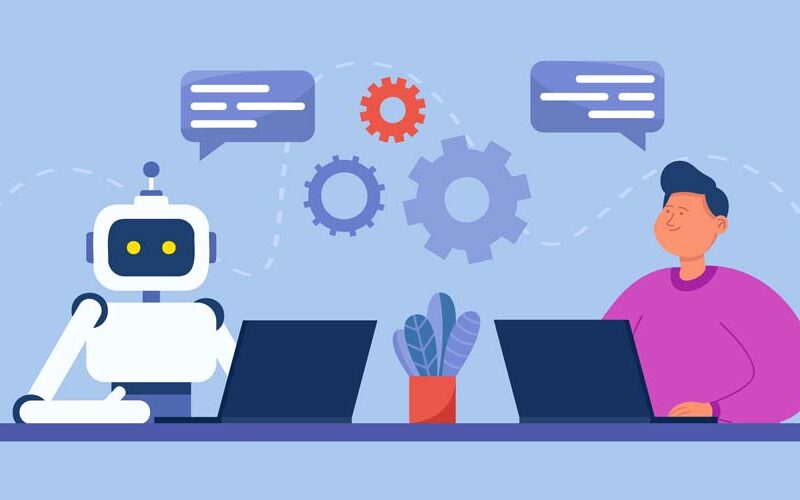People are always interested in convenience and usability and try to approach it variously. At present, AI robots are in the spotlight. AI robots can help people best improve their health and enable innovative analytics. Therefore, it will be a major component of all modern software for several years. While these AI advances can threaten people, they can also give opportunities. A global product policy is essential to bring safety and prosperity as technologies of this age are shared.
Although these AI technologies are new, they have a short history. In the early days, awareness of AI robots was not high around the world. However, there has been a boom in the ambiguous interest of people from diverse backgrounds and cultures. In the 1900s, Karel Capek made the term about a robot in the play Universal Robots. Then, in 1939, the first physical robot, ELEKTRO, was exhibited at the World’s Fair, increasing interest in robots. As a result, many companies and governments were interested and invested in robots, and the AI robot of today was born (ThinkAutomation, 2018).
AI robots exist in various shapes and sizes to efficiently perform their designed tasks. These robots have many skills, performing tasks that humans cannot. Representatively known technologies are as follows:
The first is a reactive AI machine. This is the oldest AI system with limited function. The characteristic of this robot is that it has a form that mimics the human mind in response to various stimuli. No memory-based function exists on these systems. So, this machine is only used in fields that automatically respond in a limited set.
The second is a limited memory machine. Unlike machines that only react, they can learn from historical data to make decisions. All applications are the scope of this AI robot. When these AI robots scan images, they consult the training images to understand what is going on with the provided images and label them with greater accuracy based on their training.
The third is a mind theory AI robot. This is the next step in AI systems that are currently engaged in innovation. This AI robot can imitate people’s emotions and beliefs and turn them into objects that they can interact with.
The last AI robot to be introduced is a robot capable of self-recognition. This is the final stage of AI development that currently only exists virtually. Self-aware artificial intelligence is an artificial intelligence that has evolved to the extent that a robot is like a human brain and has self-awareness. These types of AI robots can have beliefs and potential desires as well as share the emotions of the people they interact with. However, while these AI robots can dramatically improve our lives, they are also potentially catastrophic (Joshi, n.d.).
Robots are a representative technology in the digital age, where sophistication and diversity are rapidly growing. The advancement of robots is an essential part of making life easier and cleaner. Currently, robots have also helped overcome COVID-19, but they have proven to help manage various crises. Robotics could also play an important role in the healthcare sector by increasing the resilience of healthcare systems. AI robots with the ability to fight viruses should be supported by governments. That is why governments must increase investment in research and development in robotics and develop innovative regulations to recognize and advance AI robots. They now should use several tools to accelerate the deployment of robotic systems (www.oecd-ilibrary.org, n.d.).
References
ThinkAutomation. (2018). History of automation: The rise of robots and AI – ThinkAutomation. [online] Available at: https://www.thinkautomation.com/bots-and-ai/a-history-of-automation-the-rise-of-robots-and-ai/.
Joshi, N. (n.d.). 7 Types of Artificial Intelligence. [online] Forbes. Available at: https://www.forbes.com/sites/cognitiveworld/2019/06/19/7-types-of-artificial-intelligence/?sh=334f8ae1233e [Accessed 26 Jan. 2022].
www.oecd-ilibrary.org. (n.d.). 6. Why accelerate the development and deployment of robots? | OECD Science, Technology, and Innovation Outlook 2021: Times of Crisis and Opportunity | OECD iLibrary. [online] Available at: https://www.oecd-ilibrary.org/sites/0901069e-en/index.html?itemId=/content/component/0901069e-en.
